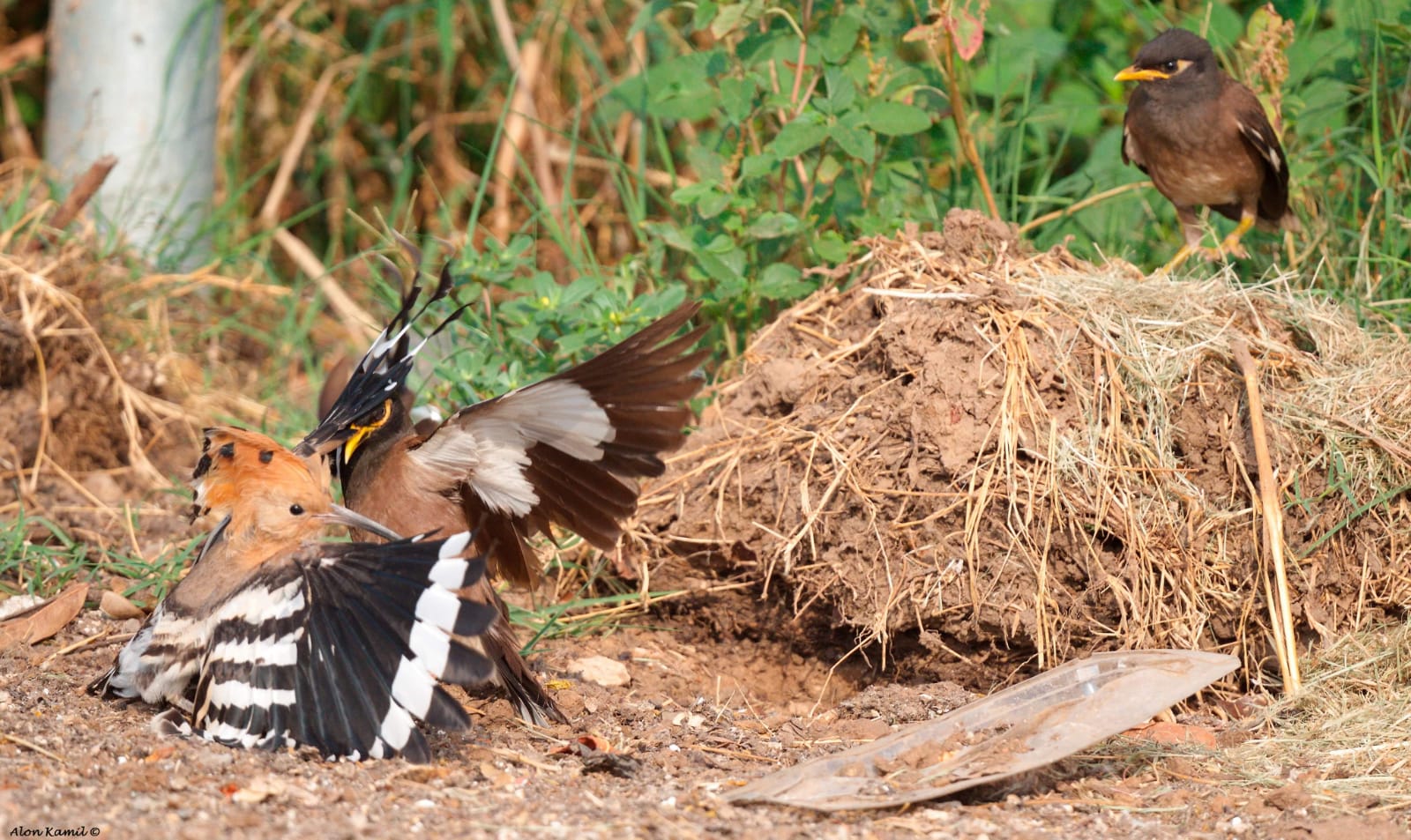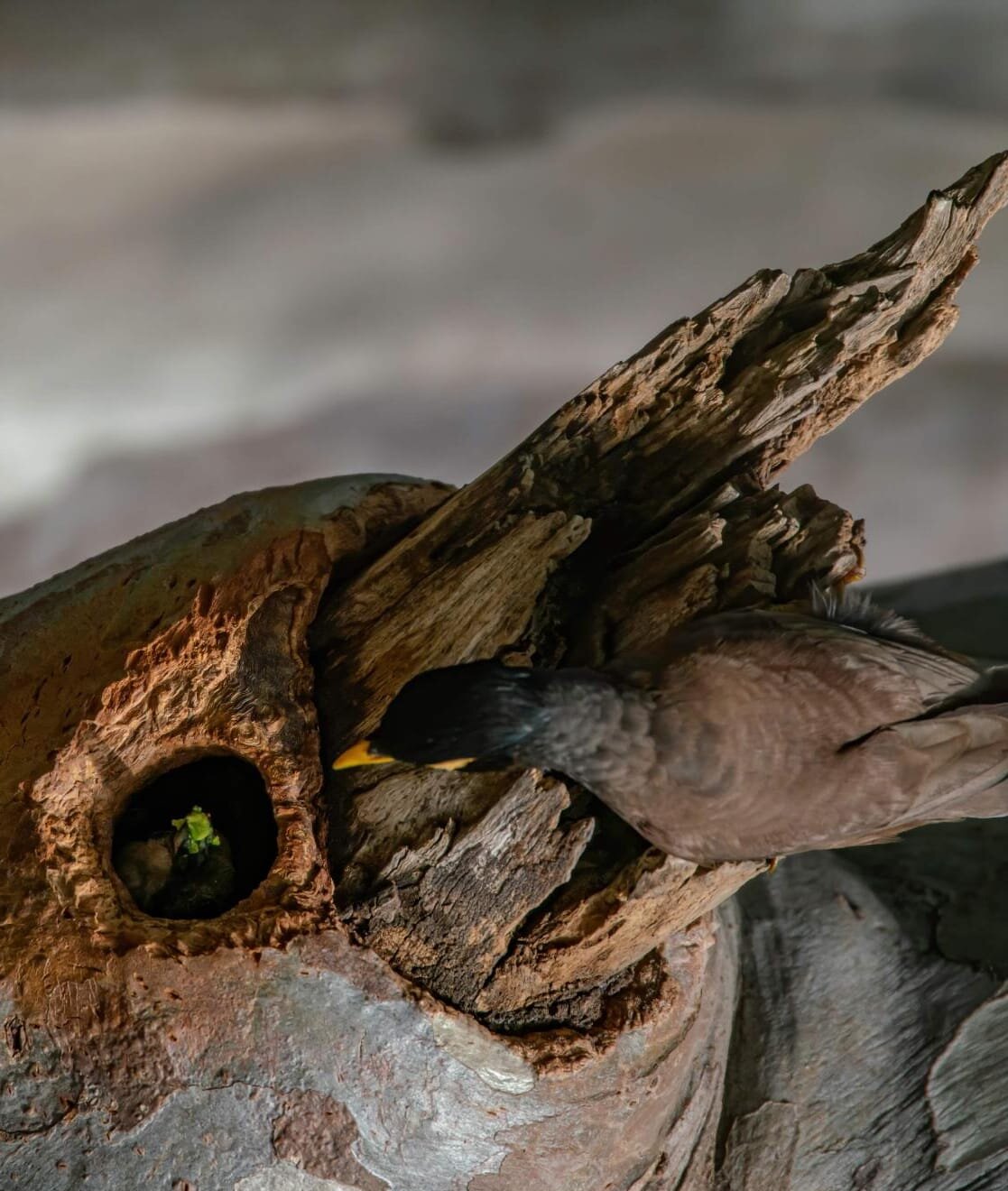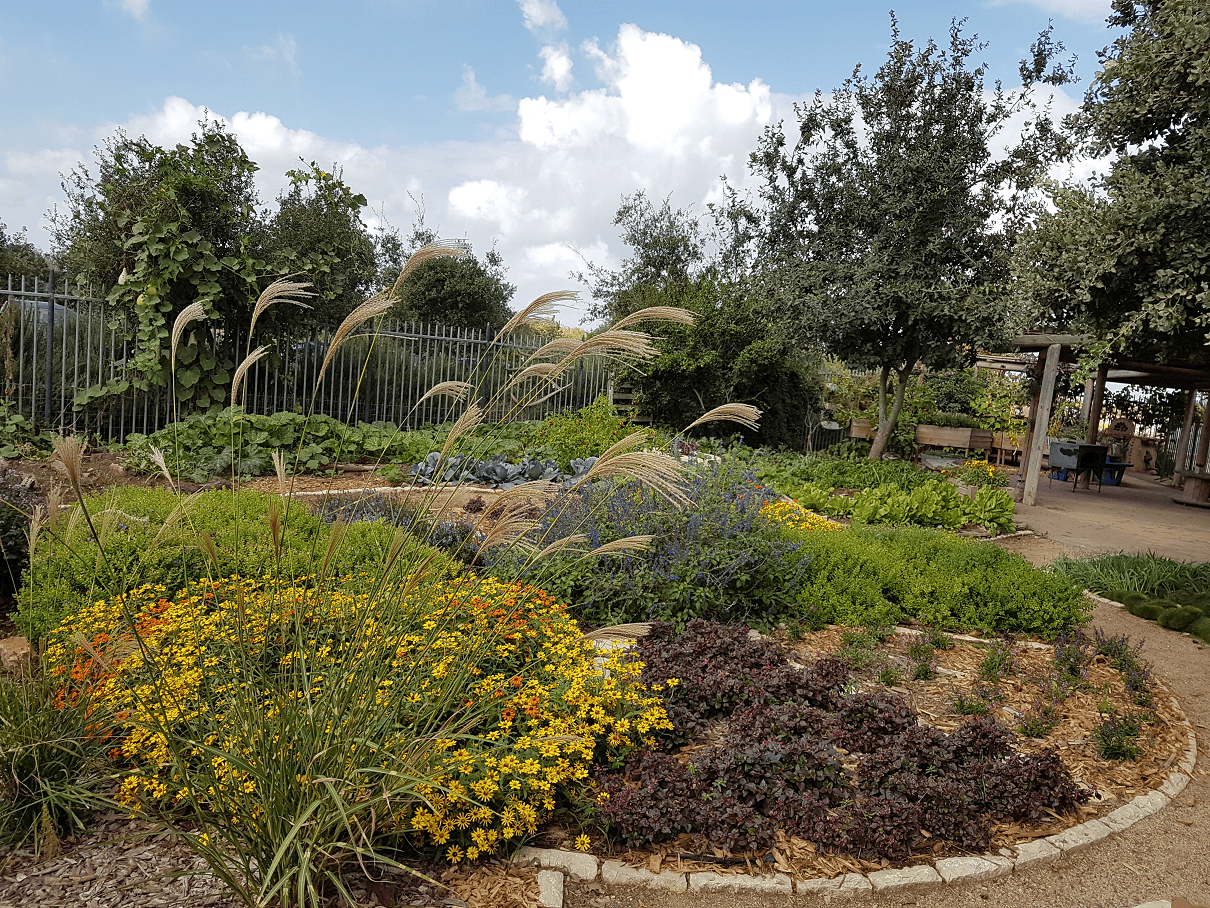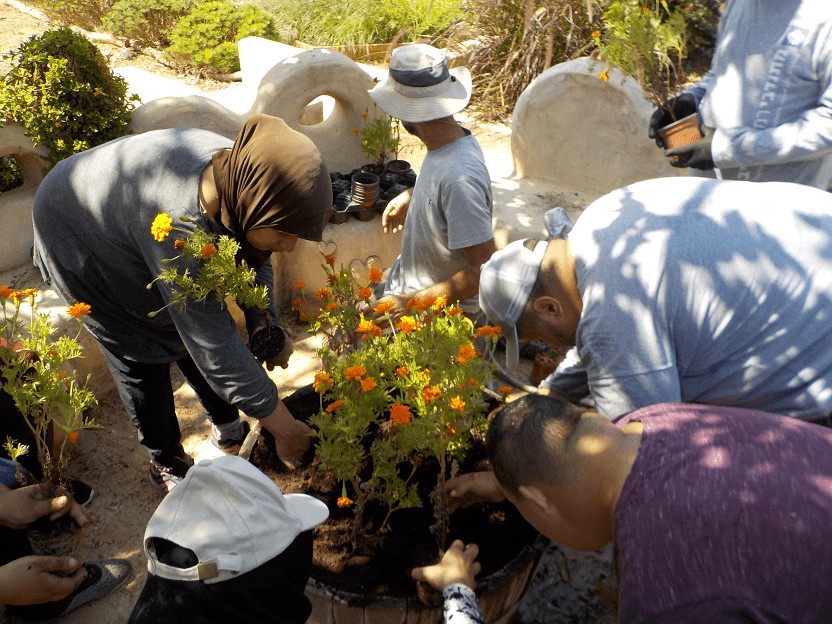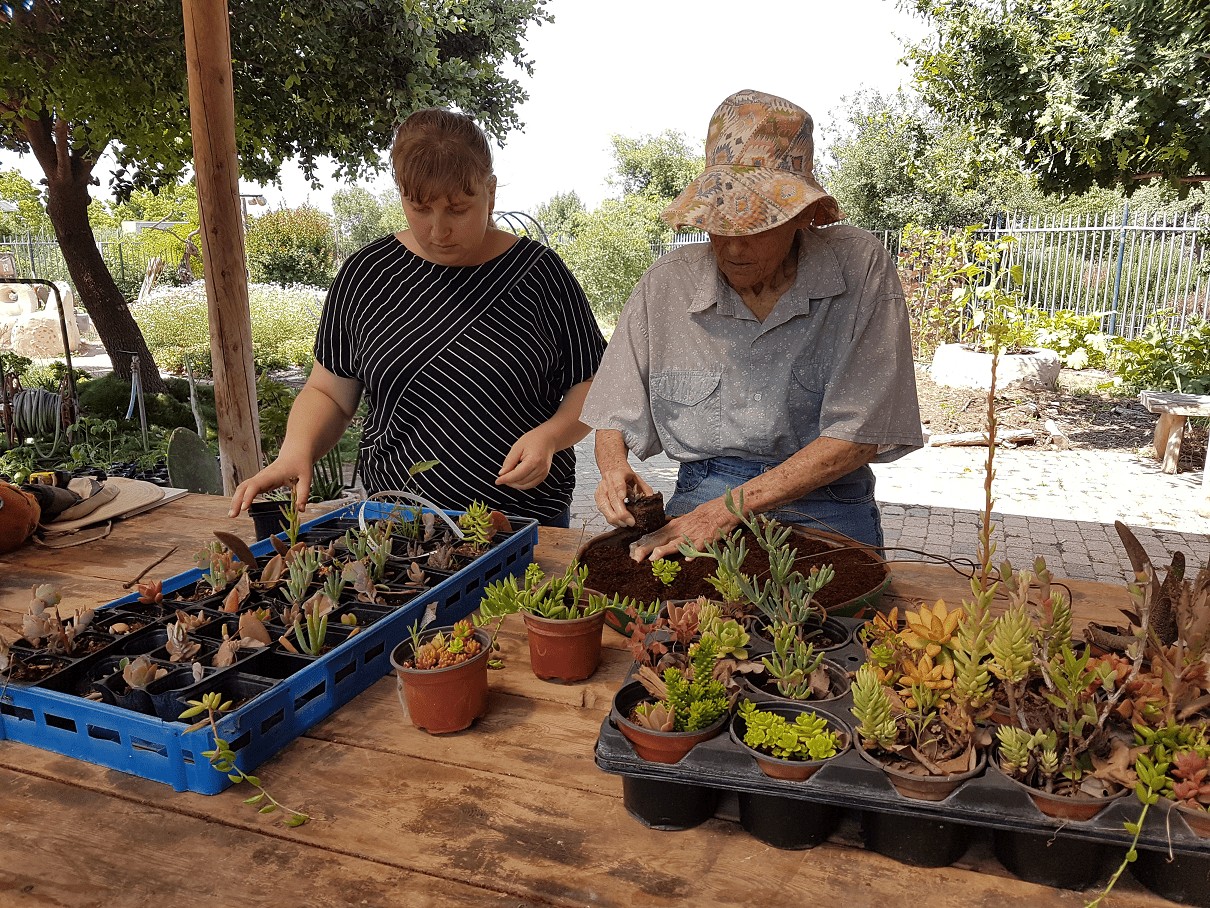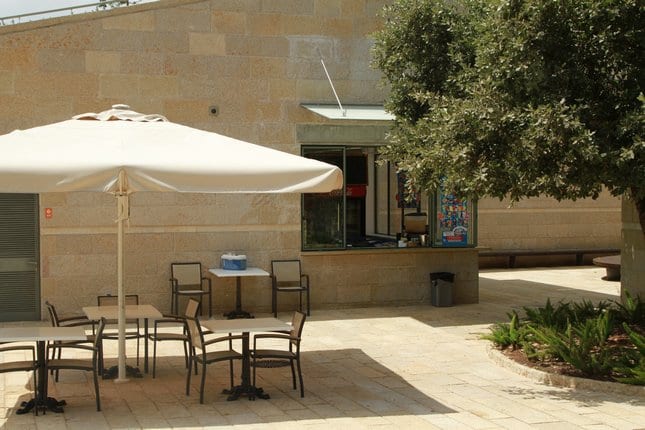Mitigation of common myna abundance in protected areas
Eli Finarov, Assaf Shwartz, Uri Roll, Shay Meiri
The common myna )Acridotheres tristis( is a highly successful invader in many countries globally. It is known as one of the worst invasive species in the world, with various evidences showing its’ adverse impacts on native species. Since the myna invaded Israel in 1997, it is growing in numbers and in distribution, with a recent penetration into natural and protected areas that poses a threat to native species.


